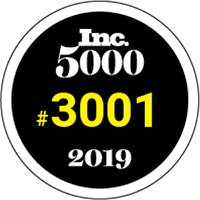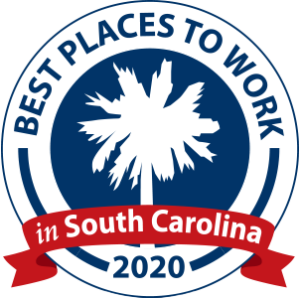Be the proactive, innovative leader you’re meant to be with the right software and technology from Kopis. We believe tech solutions should be affordable, scalable and used to help your business grow.
Services
Leverage.
Leverage Technology to Grow Your Business
With Custom Digital Products
Digital Product Development Services
01 // Software Development
Eliminate the need for multiple systems and build the custom software you actually need to grow and scale your business.
02 // App Development
Bring your mobile product ideas to life with a mobile app. We specialize in both Android and iOS application development.
03 // Modernization
Eliminate legacy systems and manual processes by modernizing your software and applications. Gain operational efficiencies, reduce costs and improve IT agility with modern systems.
![]() 04 // UI/UX Prototype & Storyboard
04 // UI/UX Prototype & Storyboard
Prove your concept by working through design iterations, key user persona mapping, and requirements gathering with a storyboard and prototype.
Process
Discover.
Agile with Guardrails
Our process is flexible enough to grow and change as you discover more about what you need—but structured and predictable enough to help us, and you stick to a set scope, budget, and timeline. In short, there won’t be any surprises.
The Timeline
Our team meets with you weekly to demo the results of each iteration (also known as a sprint) or to plan the following sprint. This collaborative approach allows you to give feedback and input that will shape future iterations, which ultimately leads to the best solution for your business.
The Results
Perhaps the greatest benefit of the agile process is that it challenges the way your processes currently work. Agile allows you to discover new and better ways to conduct your business and improve your efficiency and effectiveness.
Get Started
Get Started.
Improve, Build & Grow Today
01 // Book a Discovery Call
Schedule a 20-minute discovery call.
02 // Technical Scoping
When we both like what we hear, we’ll schedule a 1-hour call to dig into your technical requirements.
03 // Iterative Build
We design, develop, deploy and maintain your solution, keeping you in the loop along the way.
04 // Grow
Use your new solution to grow smarter, faster, and more efficiently.



